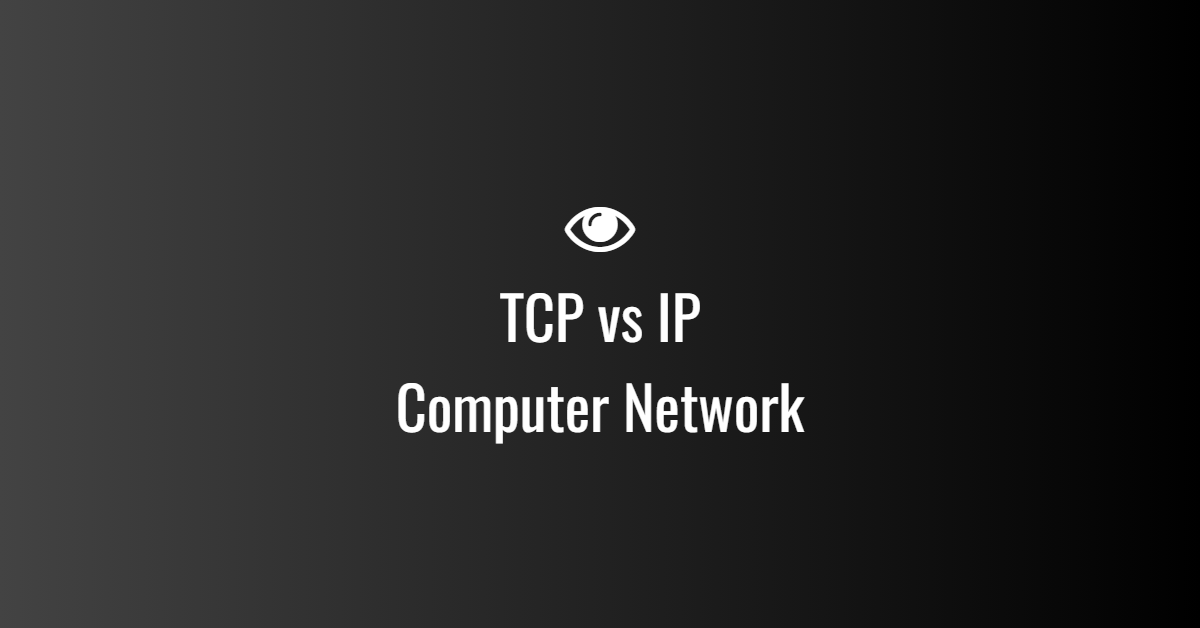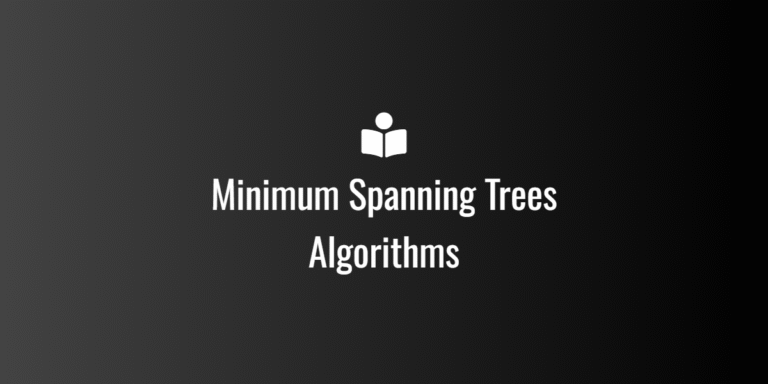
TCP vs IP in Computer Network
TCP (Transmission Control Protocol) and IP (Internet Protocol) are two fundamental protocols in networking, often mentioned together as TCP/IP, but they serve different purposes.
IP (Internet Protocol)
- Function: IP is responsible for addressing and routing packets of data between devices across networks.
- Key Features:
- Uses IP addresses to identify devices.
- Operates in a connectionless manner (does not establish a connection before sending data).
- Provides best-effort delivery (no guarantee of delivery, order, or integrity).
- Works with multiple transport layer protocols like TCP and UDP.
- Common versions: IPv4 (most widely used) and IPv6 (newer with more addresses).
TCP (Transmission Control Protocol)
- Function: TCP ensures reliable, ordered, and error-checked delivery of data between applications.
- Key Features:
- Connection-oriented (establishes a connection before data transfer).
- Provides error checking and retransmission of lost packets.
- Uses flow control and congestion control mechanisms.
- Ensures data arrives in sequence without duplication.
Key Differences
| Feature | TCP | IP |
|---|---|---|
| Layer in OSI Model | Transport Layer | Network Layer |
| Connection | Connection-oriented | Connectionless |
| Reliability | Reliable (acknowledgment, retransmission) | Unreliable (best-effort delivery) |
| Error Handling | Yes (checks for errors and corrects them) | No (relies on higher-layer protocols) |
| Packet Order | Maintains order | No order guarantee |
| Example Usage | Web browsing (HTTP/HTTPS), Email (SMTP), File transfer (FTP) | Used by TCP and UDP for routing |
Analogy
Think of TCP/IP like mailing a letter:
- IP is the postal service that delivers the letter to the correct address (but doesn’t care if the letter is damaged or lost).
- TCP ensures that if a letter is lost, it’s resent, and all pages of the letter arrive in the correct order.


